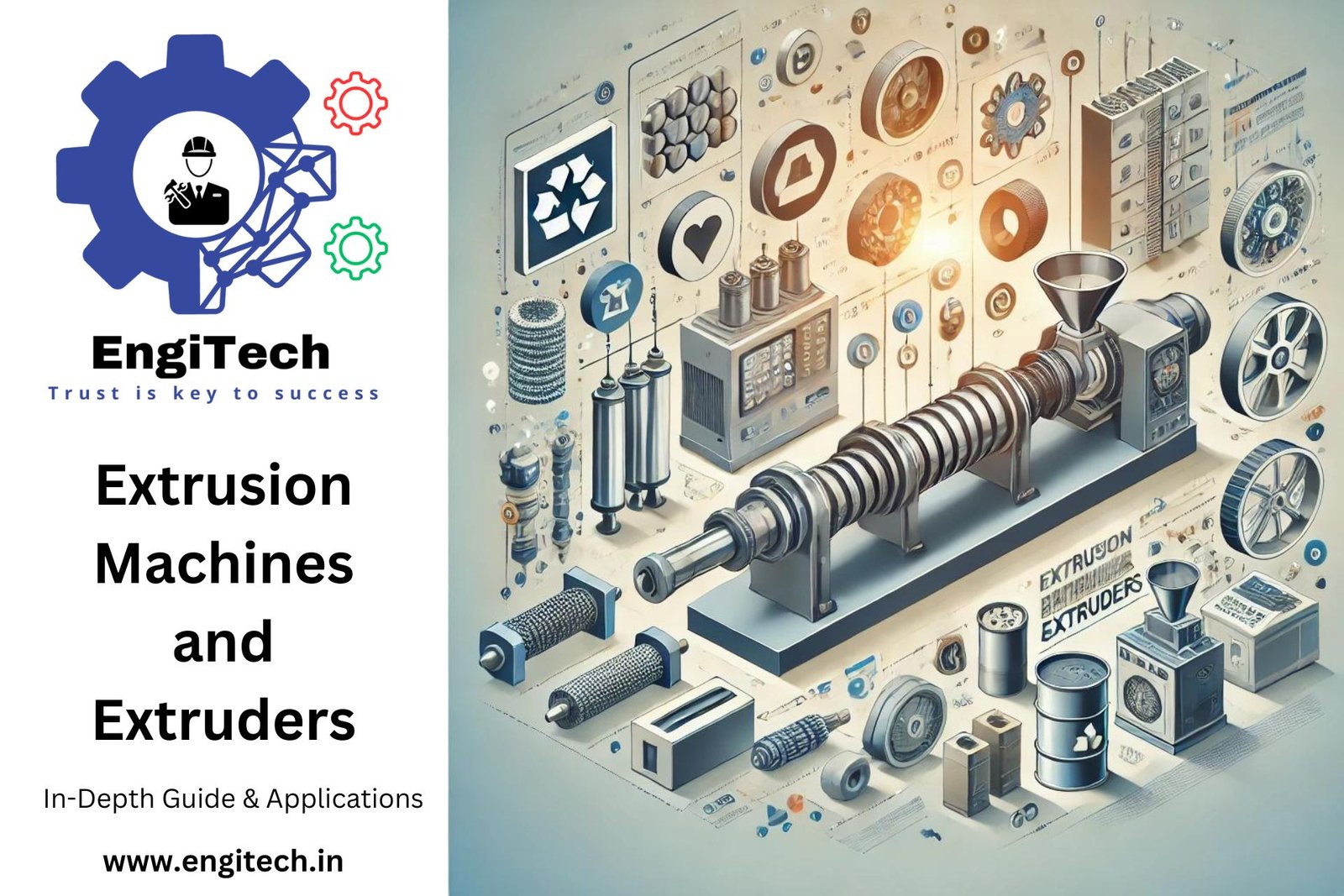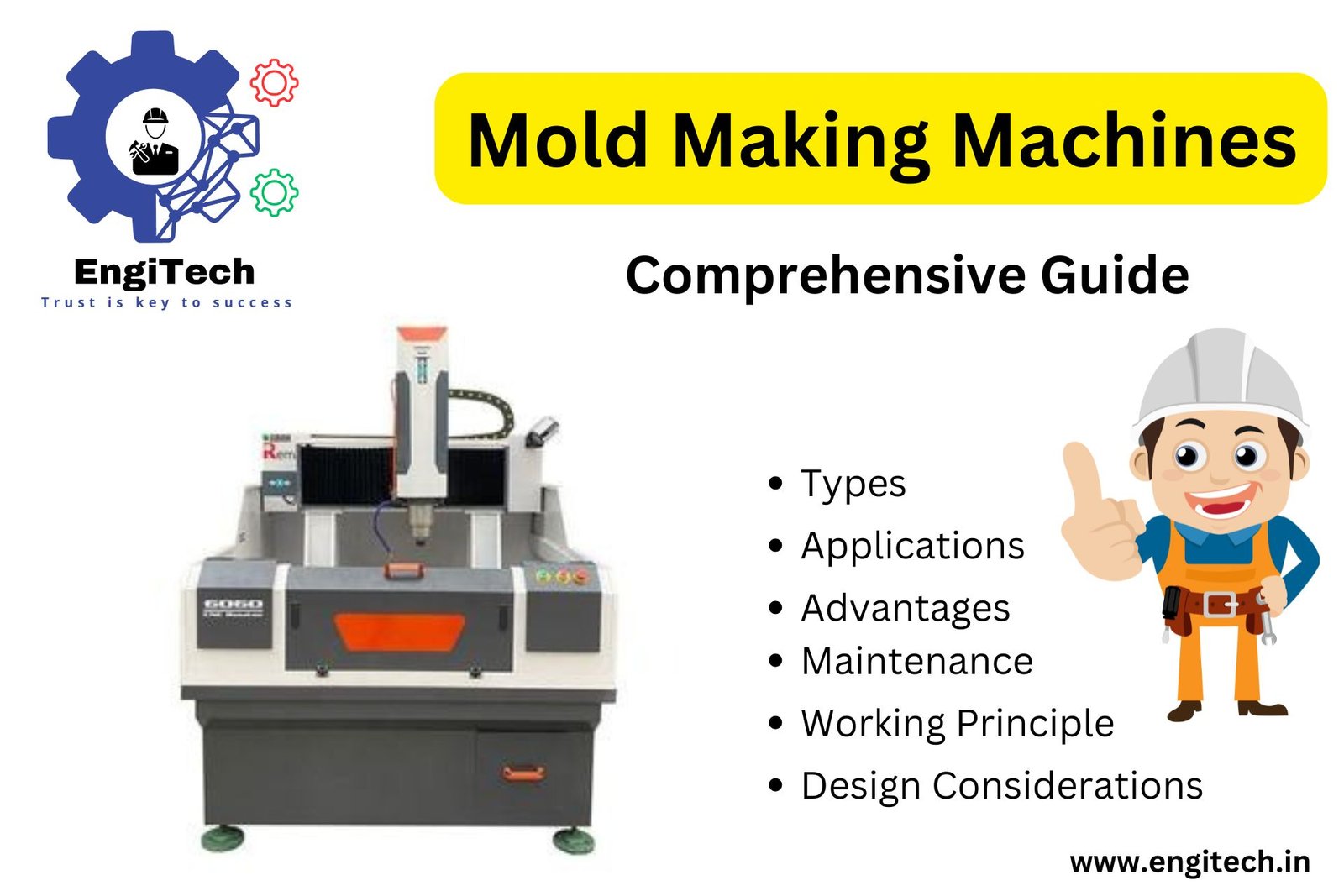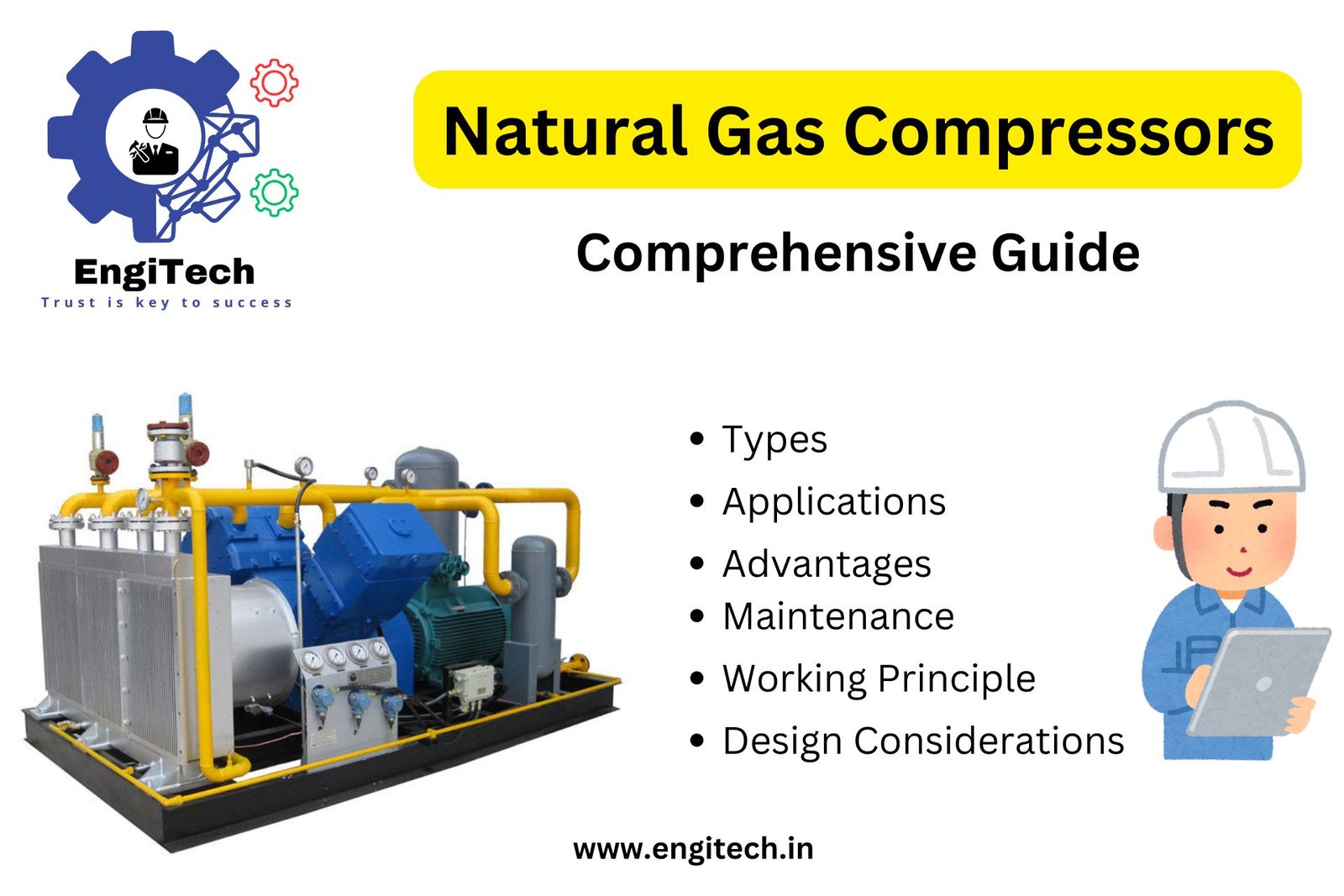A Comprehensive Guide to Extrusion Machines and Extruders

Extrusion machines, also known as extruders, play a critical role in various manufacturing industries. They are essential for shaping and forming materials into specific cross-sectional profiles, creating a wide array of products. This comprehensive guide explores the intricacies of extrusion machines, detailing their types, working principles, applications, and considerations for selecting the right extruder. Our focus will be on the keywords “extrusion machines” and “extruders,” ensuring we provide valuable insights and information to meet your needs.
What Are Extrusion Machines?
Extrusion machines are specialized equipment used to transform raw materials into finished products with a continuous profile. The process involves forcing a material through a die, which shapes it into a desired cross-section. This method is widely used in industries such as plastics, metals, food, and ceramics. The material, which can be in the form of pellets, powder, or paste, is heated and then pushed through the die by a rotating screw or piston.
Types of Extrusion Machines
- Single-Screw Extruders: These are the most common type of extrusion machines. A single-screw extruder consists of one screw rotating inside a heated barrel. As the screw turns, it transports, melts, and mixes the material, which is then forced through a die to form the desired shape. Single-screw extruders are widely used in the plastics industry for making products like pipes, films, and sheets.
- Twin-Screw Extruders: Twin-screw extruders have two screws rotating inside the barrel, providing better mixing and heat transfer. They can operate in co-rotating or counter-rotating modes, depending on the application. Twin-screw extruders are ideal for processing complex formulations, including those that require mixing, compounding, or chemical reactions. They are commonly used in food processing, pharmaceuticals, and plastics.
- Co-Extruders: Co-extrusion involves using multiple extruders to combine two or more materials into a single product with distinct layers. This technique is often used in the packaging industry to create multi-layered films or sheets with various properties, such as barrier layers or decorative coatings.
- Blown Film Extruders: These extruders are specifically designed for producing thin plastic films. The process involves extruding a tube of molten plastic and inflating it into a bubble, which is then cooled and flattened to form a film. Blown film extrusion is widely used for making packaging materials like bags and plastic wrap.
- Sheet Extruders: Sheet extrusion involves producing flat sheets of plastic, which can be further processed into products like trays, containers, and automotive parts. The extruded sheet is cooled and then cut to the desired size.
- Profile Extruders: Profile extrusion is used to create products with complex cross-sectional shapes, such as window frames, door seals, and decorative moldings. The process involves forcing the material through a die that shapes it into the desired profile.
- Food Extruders: In the food industry, extruders are used to process dough-like materials into various shapes and textures. This includes products like snacks, breakfast cereals, and pet food. Food extruders can also be used for cooking and sterilizing food products.
Applications of Extrusion Machines
Extrusion machines are versatile and find applications in a wide range of industries. Some of the key applications include:
- Plastics Industry: Extruders are extensively used to produce a variety of plastic products, including pipes, sheets, films, and profiles. The process allows for precise control over the shape and properties of the final product.
- Food Industry: Food extruders are used to produce snacks, cereals, pasta, and pet foods. The extrusion process can modify the texture, shape, and nutritional content of food products, making it a valuable tool for food manufacturers.
- Metals Industry: Metal extrusion is used to create complex shapes and profiles from metals such as aluminum, copper, and steel. This process is commonly used in the automotive, aerospace, and construction industries.
- Ceramics and Composites: Extrusion is also used to shape ceramics and composite materials into intricate forms. These materials are used in applications such as construction, electronics, and aerospace.
- Textiles and Fibers: The extrusion process is used to produce synthetic fibers and textiles with specific properties, such as strength, flexibility, and resistance to wear. These fibers are used in clothing, industrial fabrics, and other applications.
Working Principle of Extruders
The extrusion process involves several key stages:
- Feeding: The raw material, typically in pellet or powder form, is fed into the extruder’s hopper. From the hopper, the material is introduced into the barrel.
- Melting and Mixing: As the screw rotates inside the heated barrel, it transports the material forward. The material is heated to its melting point and mixed to form a homogeneous mass. The design of the screw and barrel, including factors like screw geometry and length-to-diameter ratio, plays a crucial role in ensuring efficient melting and mixing.
- Shaping: The molten material is then forced through a die, which shapes it into the desired cross-section. The design of the die is critical in determining the final product’s shape and dimensions.
- Cooling and Solidifying: After exiting the die, the extruded material is cooled and solidified. Depending on the material and product specifications, this can be done using air cooling, water cooling, or a combination of both.
- Cutting and Further Processing: The extrudate is then cut or further processed into the final product. This may involve additional shaping, coating, or assembly processes.
Key Components of an Extruder
- Feed Hopper: The feed hopper is where the raw material is loaded into the extruder. It may include features like metering devices to control the rate of feed and ensure consistent production.
- Barrel and Screw: The barrel houses the screw, which rotates to transport, melt, and mix the material. The screw’s design, including its pitch, length, and flight depth, is tailored to the specific material and application.
- Die: The die is a crucial component that shapes the extruded material. The design of the die determines the cross-sectional shape of the final product and must be precisely engineered for each application.
- Heating and Cooling Systems: These systems control the temperature of the material as it moves through the extruder. Proper temperature control is essential for achieving the desired material properties and product quality.
- Drive Motor: The drive motor powers the screw, determining the speed and torque of the extrusion process. The motor’s specifications, including power and speed range, are selected based on the material and production requirements.
- Control Systems: Modern extruders are equipped with advanced control systems that monitor and regulate various parameters, such as temperature, pressure, and screw speed. These systems ensure consistent product quality and allow for precise adjustments during production.
Considerations for Choosing an Extrusion Machine
When selecting an extrusion machine, several factors must be considered to ensure it meets the specific requirements of the application:
- Material Type: The type of material being processed is a primary consideration. Different materials have different melting points, viscosities, and flow characteristics, requiring specific extruder designs.
- Product Specifications: The desired properties of the final product, such as size, shape, texture, and mechanical properties, will influence the choice of extruder and die design.
- Production Volume: The production capacity required will determine the size and type of extruder. High-volume production may require larger, more robust machines with higher output rates.
- Energy Efficiency: Energy consumption is a significant factor in the cost of operation. Choosing an energy-efficient extruder can reduce operational costs and environmental impact.
- Maintenance and Support: Consider the ease of maintenance and availability of support and spare parts. Reliable support can minimize downtime and ensure smooth operation.
- Budget: While high-quality extruders may require a significant investment, they often offer better performance, durability, and lower operating costs in the long run.
Extrusion Process Optimization
Optimizing the extrusion process is crucial for achieving high-quality products and efficient production. Key aspects of optimization include:
- Screw and Barrel Design: The design of the screw and barrel plays a critical role in the extrusion process. Optimizing the screw geometry, such as pitch, flight depth, and compression ratio, can improve melting, mixing, and throughput.
- Die Design: The die design must be precisely engineered to ensure the correct shape and dimensions of the final product. Proper die maintenance and cleaning are also essential to prevent defects and ensure consistent quality.
- Temperature Control: Maintaining precise temperature control throughout the extrusion process is vital for achieving the desired material properties. This includes controlling the barrel temperature, die temperature, and cooling rate.
- Feed Rate and Speed: Adjusting the feed rate and screw speed can optimize the extrusion process for different materials and products. Properly balancing these parameters can improve output rates and product quality.
- Material Quality: The quality and consistency of the raw material are crucial for achieving high-quality extruded products. Controlling factors such as moisture content, particle size, and purity can prevent defects and improve product performance.
Future Trends in Extrusion Technology
The extrusion industry continues to evolve with advancements in materials, processes, and equipment design. Some emerging trends include:
- Sustainability: There is a growing focus on developing environmentally friendly extrusion processes. This includes using recycled materials, reducing energy consumption, and minimizing waste.
- Advanced Materials: The development of new materials, such as bioplastics, composites, and high-performance polymers, is expanding theproperties of extruded products, creating opportunities for innovative applications and improved performance.
- Automation and IoT Integration: The integration of automation and Internet of Things (IoT) technologies is transforming the extrusion process. Automated systems enable real-time monitoring, data collection, and process optimization, improving efficiency and reducing downtime.
- Customization and Flexibility: As industries face increasingly complex requirements, there is a growing demand for customizable and flexible extrusion solutions. Manufacturers are offering modular systems and specialized equipment tailored to specific applications.
- Innovation in Die Design: Advances in die design, including the use of additive manufacturing (3D printing), are enabling the creation of complex and customized die geometries. This innovation allows for greater design flexibility and the production of intricate shapes.
Challenges and Solutions in the Extrusion Industry
While extrusion technology offers numerous benefits, it also presents challenges that manufacturers must address to ensure efficient and high-quality production:
- Material Incompatibility: Certain materials may not be compatible with specific extrusion processes, leading to issues such as poor mixing, degradation, or inadequate bonding. Solutions include optimizing process parameters, using compatible materials, and employing specialized equipment.
- Die Wear and Maintenance: The die is a critical component subject to wear and tear. Regular maintenance, proper cleaning, and the use of high-quality materials can extend die life and prevent defects.
- Heat Management: Managing heat during the extrusion process is crucial for maintaining material properties and preventing thermal degradation. Solutions include advanced cooling systems, precise temperature control, and the use of heat-resistant materials.
- Product Consistency: Achieving consistent product quality can be challenging, especially with complex shapes or multi-layered products. Solutions include rigorous quality control, process optimization, and the use of high-quality raw materials.
- Environmental Impact: The extrusion process can have environmental impacts, including energy consumption and waste generation. Solutions include adopting sustainable practices, such as recycling materials, using energy-efficient equipment, and minimizing waste.
Best Practices for Operating Extrusion Machines
To ensure optimal performance and product quality, operators should follow best practices when operating extrusion machines:
- Regular Maintenance: Regularly inspect and maintain all components of the extruder, including the screw, barrel, die, and heating/cooling systems. Preventive maintenance helps prevent breakdowns and extends the life of the equipment.
- Proper Material Handling: Store and handle raw materials properly to prevent contamination and moisture absorption. Use appropriate feed systems to ensure consistent material flow into the extruder.
- Process Monitoring: Continuously monitor key process parameters, such as temperature, pressure, and screw speed, to ensure stable and consistent operation. Use advanced control systems and data analytics to optimize the process.
- Quality Control: Implement rigorous quality control measures at all stages of production, from raw material inspection to final product testing. Use standardized testing methods and equipment to ensure product specifications are met.
- Training and Safety: Provide thorough training for all operators and maintenance personnel. Emphasize safety protocols and best practices to prevent accidents and ensure a safe working environment.
Conclusion
Extrusion machines and extruders are indispensable tools in modern manufacturing, enabling the production of a vast array of products across diverse industries. Understanding the types of extruders, their applications, and the intricacies of the extrusion process is crucial for achieving high-quality results and optimizing production efficiency.
As technology advances, the extrusion industry continues to evolve, offering new opportunities and challenges. By staying informed about the latest trends, innovations, and best practices, manufacturers can enhance their processes, improve product quality, and meet the ever-changing demands of the market.
Whether you’re in the plastics, food, metals, or any other industry, selecting the right extrusion machine and technology can significantly impact your production capabilities and business success. This comprehensive guide provides valuable insights and practical advice to help you navigate the complex world of extrusion technology and make informed decisions for your specific needs.
FAQs about Extrusion Machines and Extruders
1. What are extrusion machines used for?
Extrusion machines are used to shape materials into specific cross-sectional profiles. They are commonly used in industries such as plastics, food, metals, and ceramics to produce products like pipes, sheets, films, profiles, and snacks.
2. How does an extruder work?
An extruder works by heating and mixing raw materials and then forcing them through a die to create a specific shape. The material, often in pellet or powder form, is melted and homogenized as it moves through the barrel by a rotating screw.
3. What is the difference between single-screw and twin-screw extruders?
Single-screw extruders have one screw and are typically used for straightforward extrusion tasks. Twin-screw extruders have two screws and offer better mixing and heat transfer, making them ideal for complex formulations and processes requiring precise control.
4. What materials can be processed using extrusion machines?
Extrusion machines can process a variety of materials, including plastics, metals, ceramics, and food products. The type of material determines the specific extruder design and process parameters.
5. What are the key components of an extrusion machine?
The key components include the feed hopper, barrel and screw, die, heating and cooling systems, drive motor, and control systems. Each component plays a crucial role in ensuring the efficient operation of the extruder.
6. What industries use extrusion technology?
Industries such as plastics manufacturing, food processing, automotive, aerospace, construction, and textiles use extrusion technology for various applications, including the production of pipes, profiles, films, sheets, fibers, and food products.
7. What are the benefits of using extrusion machines?
Extrusion machines offer several benefits, including the ability to produce complex shapes, high production rates, material flexibility, and the capability to create multi-layered products through co-extrusion.
8. How do you choose the right extrusion machine?
Choosing the right extrusion machine depends on factors such as the type of material, desired product specifications, production volume, energy efficiency, maintenance requirements, and budget.
9. What are some common challenges in the extrusion process?
Common challenges include material incompatibility, die wear and maintenance, heat management, achieving product consistency, and environmental impact. Addressing these challenges requires careful process optimization and equipment selection.
10. How is the extrusion process optimized?
Process optimization involves adjusting parameters such as screw design, die design, temperature control, feed rate, and material quality. Monitoring and controlling these variables ensure consistent product quality and efficient production.
These FAQs address common questions and concerns related to extrusion machines and extruders, providing valuable insights into their operation, applications, and considerations for selection and optimization. If you need more specific information or have additional questions, feel free to ask!
At EngiTech.in, we specialize in providing in-depth knowledge and the latest updates on industrial technologies, including extrusion machines and extruders. Whether you’re exploring new manufacturing solutions or seeking to optimize your current production processes, our platform offers valuable insights and detailed information tailored to your needs. Our expert articles and guides cover everything from the basics of extrusion technology to advanced process optimization techniques. We are committed to helping industry professionals make informed decisions, find the best equipment, and stay ahead in the competitive landscape. Explore EngiTech.in for comprehensive resources and expert advice on all things related to extrusion machines, and elevate your production capabilities to the next level.


